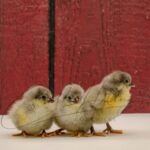
- Lavender English Orpingtons – Sold as Baby Chicks Only
Minimums – Not Sexed = 3
Female= 3
Male=1
Total of 3 birds to ship
Seasonal/Shipped Early Feb thru Mid August.
Limit of 5 Females and Males.
Limit of 10 Straight Run.

Minimums – Not Sexed = 3
Female= 3
Male=1
Total of 3 birds to ship
Seasonal/Shipped Early Feb thru Mid August.
Limit of 5 Females and Males.
Limit of 10 Straight Run.
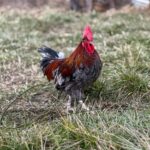
Male=1
Total of 3 birds to ship
Seasonal/Shipped Early Feb thru Mid August.
Limit of 10 Females and Males.
Limit of 20 Straight Run.
Continue Reading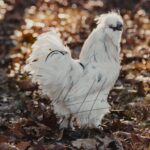
Seasonal/Shipped Early Feb thru Mid August.
Limit of 5
Continue ReadingEnjoy your free downloadable gift for updating your dealer listing with us here at Cackle Hatchery! Click Here to Download As an added bonus after downloading feel free to print any Cackle Hatchery sales sheets for poultry you may need instore: PRINTABLE CHICK SALES SHEETS Tips for printing: Make sure your printer settings are set […]
Continue Reading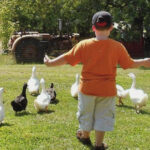
Maybe you already keep chickens or other poultry and are considering adding ducks. Or maybe you’re thinking of starting with ducks as your first foray into the world of poultry. To help you decide whether or not duck keeping is for you, here are some of the benefits of keeping ducks. Ducks are easy to […]
Continue Reading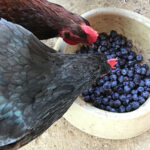
Nobody loves hot weather, and that includes your chickens. Just like we enjoy a cold treat on a hot day, so too does your flock. Here are some cool (and cooling) ideas for summer treats for your chickens. Cool Water Just like us, chickens drink more when the weather is hot. But warm water discourages […]
Continue Reading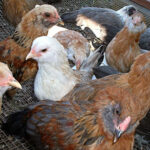
Easter Egger bantam chickens are a smaller version of chickens that originate from a cross between blue-egg laying Ameraucanas and breeds that lay eggs with brown shells. The result is a breeding population of chickens with a variety of conformations and plumage colors, and that lay eggs with a wide range of shell colors. Physical […]
Continue Reading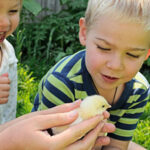
A child’s initial experience with chickens is often the most memorable. To ensure that the youngster’s introduction to chickens is pleasant and fun, consider these qualities when choosing the best first chickens for kids: They are calm in disposition They are friendly with people The breed is appropriate for small hands The chickens enjoy hugs […]
Continue Reading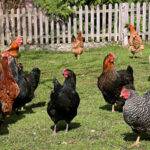
For exhibition purposes, large chicken breeds recognized by the American Poultry Association (APA) are organized into six classes. Most of the classes represent the geographic region where the breeds originated or were developed. Knowing a chicken’s APA class lets you infer a number of things about the breed, including temperament, laying ability, climate tolerance, and […]
Continue Reading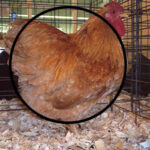
Wyandotte chickens were developed in a region of the United States once occupied by the Native American Huron tribes. Collectively, these tribes were known as Wendat, or Wyandot, which inspired the breed name. Physical Attributes With their short tail, short back, and loose feathering, Wyandotte chickens look rather round. They may be large or bantam. […]
Continue Reading